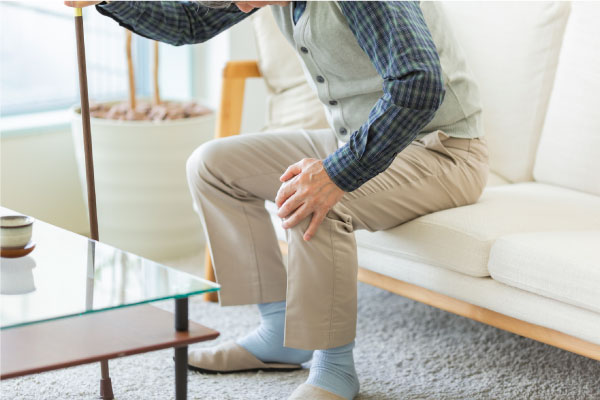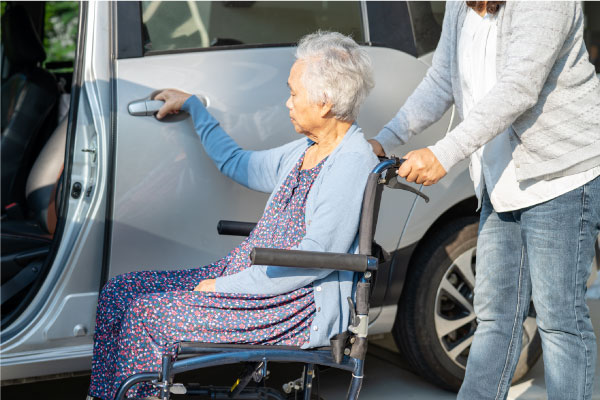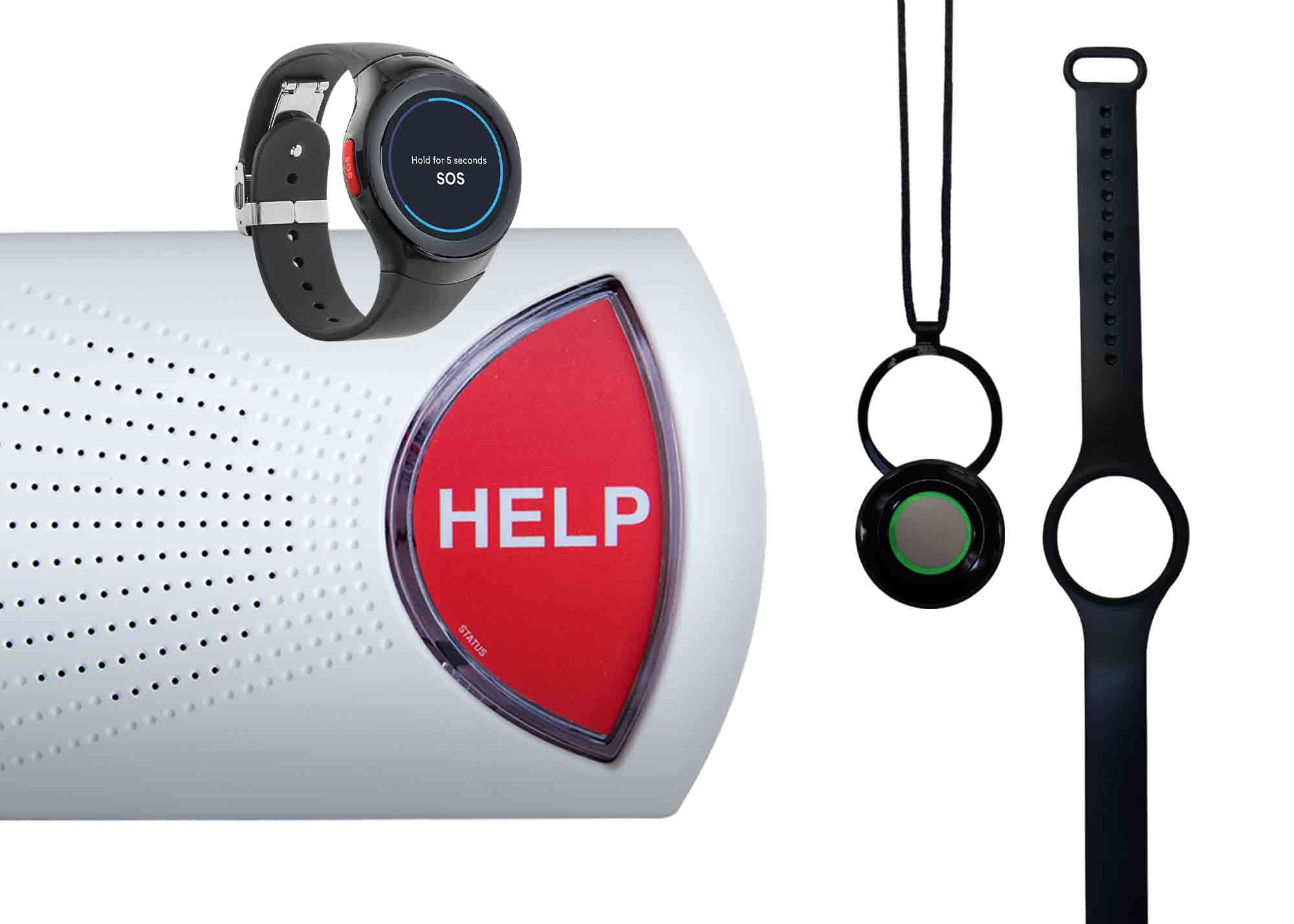Living with Your New Mobility Device
January 11, 2024
Living with Your New Mobility Device
Now that your physician has prescribed a mobility device, what comes next? Whether you are switching from one device to another or if you are brand new to a mobility device, you might need to get used to some new equipment, develop some new habits, and learn a few new skills. We’ve pulled together a few tips that will make your transition to using a mobility device as seamless as possible.
Picking Up and Paying for Your Device
First things first: you have to obtain your new mobility device. For most older adults, mobility devices can be picked up at a local pharmacy or durable medical equipment provider. In some instances, you might need to wait for your device to arrive via mail.
If you have Medicare Part B, your mobility device might be covered as a part of your benefits. In order for it to be covered, it must be considered durable medical equipment, be medically necessary, and be prescribed by a Medicare-approved physician. If some costs are remaining, you might be able to offset them using a Medicaid waiver or VA benefits, if you qualify. In addition, long-term care insurance might cover some costs of durable medical equipment as well, depending on your policy.
Get To Know Your Device
Now that you have your device, it is time to get to know more about it. Be sure that you understand why your physician prescribed the device in the first place. For example, if your balance is unsteady, you may now have a walker. Or, if you are stronger on one side of the body, you might have a quad cane. Or, you might have an electric scooter or wheelchair if you need to go longer distances without ambulating on foot.
Next, it is time to understand how to use your device properly. Many physicians will prescribe physical therapy or occupational therapy outpatient services for older adults to learn how to use their mobility devices properly.
During your therapy appointment, you will be fitted for your device. This means the therapist will see how tall you are and possibly take other measurements before custom-fitting your device to your needs. You’ll also learn how to properly use the device with side-by-side assistance from the therapist. Using your mobility device correctly will reduce your chance of injury and falls. Be patient with yourself and move slowly until the movements become second nature.
It can be helpful to bring along a partner, family member, or friend with you to your therapy session. This way, they can learn as well and offer friendly verbal reminders about how to use the device safely.
Developing New Habits
Mobility devices only work if you use them consistently. Unfortunately, older adults can often struggle with developing the habits they need to use their mobility devices all the time. Here are a few tips you can use that will increase your chances of incorporating your new device into your daily routine:
- Keep your mobility device within arm’s reach at all times. This is a visual cue to remind you to use it.
- Resist the urge to try to get around the home or community without your new device. Remind yourself why you were prescribed the device and the benefits of having it. You might even post the benefits on a piece of paper that you stick to your refrigerator or bathroom mirror.
- Tell family members and friends that you are using the device. They will hold you accountable for using it.
- If you’re feeling embarrassed about using the device, talk to a therapist or trusted family member about those feelings.
Adjusting Your Environment
Now it’s time to look around at your home, car, and community to see if they can meet the needs of your new mobility device. For example, is your new walker unable to squeeze through a certain spot in your living room because of a large piece of furniture? If so, it’s time to enlist some help that can come over and move that piece of furniture elsewhere in the home. Are you unable to use your wheelchair in the garage because you can’t get it down the stairs safely? It’s time to enlist some help and build a ramp.
Your environment must adjust to make using your new mobility device as easy and as safe as possible. If you don’t know how to adjust to the environment, speak to your physician and family members about it. They can help you find solutions, as well as local contractors who can do the work for you.
Cleaning Your Device
Your mobility device should be cleaned regularly to reduce the risk of carrying germs around. While you don’t have to clean it daily, you should try to create a habit of cleaning it every week or so. The majority of mobility devices can simply be wiped down with an antibacterial wipe, or with a washcloth of soap and water. Be sure to get into the crevices and to dry it before using it again.
Wheelchairs or scooters can use a deeper cleaning by using similar cleaning agents, but spending extra time wiping down crevices and cleaning out any extra debris.
Traveling with Your Device
Your mobility device is designed to get you moving and pursuing your usual interests. This might include traveling, whether long distances by airplane or car, or shorter distances to errands by bus. You’ll want to understand how your mobility device can fold up, collapse, or get smaller when needed. Not all mobility devices do this, of course, but wheelchairs, walkers, and even telescoping canes can all get smaller to accommodate travel situations.
If you’re not sure how to collapse or fold your device, schedule an appointment with your physical therapist. They will show you how as well as give you time to practice so that by the time you leave the appointment, you’ll feel confident.
Jot Down Questions and Making a Successful Transition
You might find yourself with a few questions about your mobility device days or weeks after you first get it. That’s okay! Jot down your questions and then call or visit your doctor to review the list with you.
Most importantly, it’s important to remain patient with yourself as you get used to using your new mobility device. It’s a new part of your lifestyle and routine. Stay diligent with incorporating it into your habits and work on using it with good form until it becomes second nature.
Good luck!




